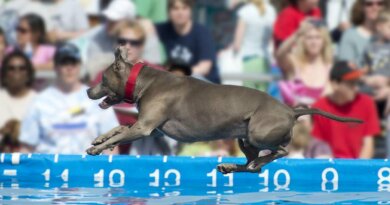Heating Pad for Dog Arthritis
Can heat therapy give your dog arthritis pain relief? Yes.
For long-standing chronic pain, heat can provide both relief and healing to your arthritic dog. And heat doesn’t just feel good to your dog’s aching joints, it also increases blood flow. Muscle spasms often respond to warmth and stiff joints loosen up. Applying heat to your dog can help your dog get the most out of rehab or stretching warmup routines.
Acute Injury? Chill
For an acute injury, cold therapy is usually best to reduce inflammation. For example, if your senior Labrador aggravates an old stifle injury consider cold compresses for the first 24 hours. Cold therapy is also the best option for up to 72 hours post-surgery.
Veterinary physiotherapy and rehabilitation expert Dr. Marianne Dorn, of England, says heat therapy enhances local tissue oxygenation and metabolism, reduces muscle spasm, and increases connective tissue extensibility and the pain threshold (Companion Animal Vol 20, No 11).
Cautions With Heat Therapy for Dogs
Be careful when applying heat or having your dog stay on a heating pad. You can inadvertently overheat the area and cause further trauma. Heating pads made specifically for pets have heat settings favorable to a dog’s needs. A human heating pad can be set too high, and overdoing the heat is especially a concern with an older dog, injured dog, or a very young pup.
Always check your dog frequently to assess the dog’s comfort. It’s often best to have a layer like a towel between your dog and the heating pad. Generally, 30 minutes is the maximum time to apply heat to your dog, although he could benefit in from 10 minutes or so.
Warm Moist Towels
An inexpensive heating “pad” can be made at home by putting a damp towel in the microwave. Remember, when you take it out, if it is hot to your touch, it will be too hot for your dog. The warm, moist towel can be applied directly to a stiff joint. The same is true for corn or rice bags—don’t let the dog eat them!—or a hot water bottle. Warm therapy is excellent for your dog’s arthritis pain, but the key is warm, not hot.





